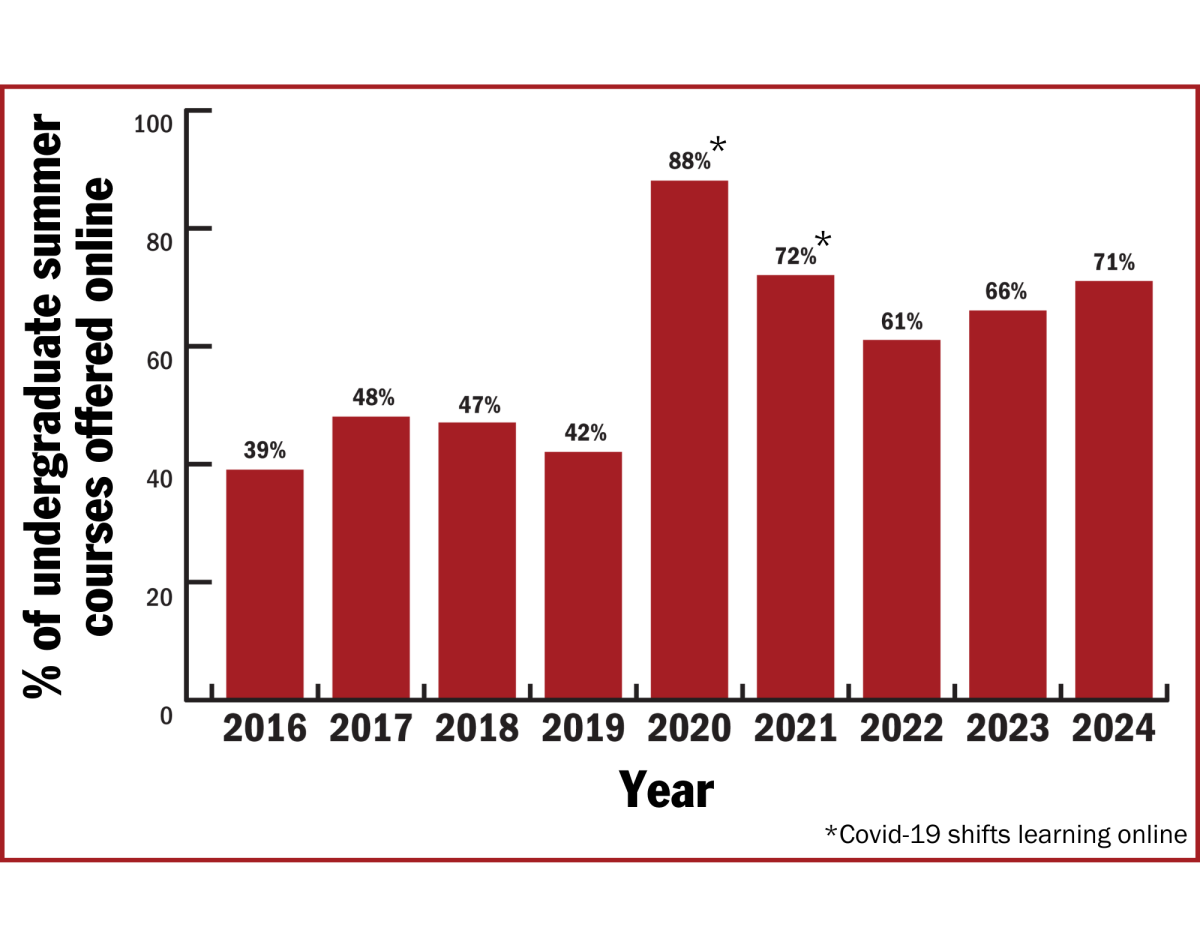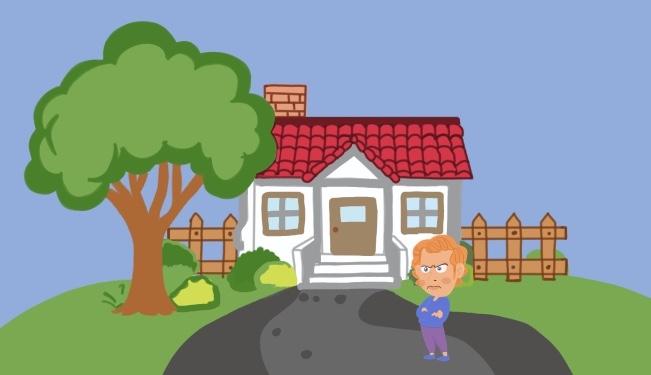Where we should be in 2020
Over the summer when I was hanging out with my friend at her house, her mother asked me if I was applying for internships, what career I was interested in after graduation—you know, dreadful questions like that.
Somehow this small talk turned into a serious conversation. Talking about internships and jobs prompted her to tell my friend and I how to go about the likely situation of discovering we are being paid less than our male counterparts in our future jobs.
The advice she gave essentially alluded to the fact that we would have to tiptoe around the subject with our employers, as if asking to be treated equally was an inconvenience for them. She said things like, “Be assertive, but don’t be too assertive,” and, “Don’t take no for an answer, but offer to negotiate if they give you no as an answer.”
But why?
Eighty-two cents. In 2018, a full-time, year-round female worker made an aver- age of 82 cents for every dollar a white man earned. In 2010, the ratio of women’s and men’s median annual earnings was 77.4% percent, meaning women received about 77 cents for every dollar men earned.
[mks_pullquote align=”left” width=”300″ size=”24″ bg_color=”#cecece” txt_color=”#000000″]“[Women] shouldn’t have to feel as if they are inconveniencing their employers by asking to be paid the same amount as their male coworkers of the same job title, education and work experience.”[/mks_pullquote]
A whole decade has gone by and the gender wage gap has only closed by less than five percent. According to the Institute for Women’s Policy Research (IWPR), if change continues at the same slow pace, it will take 39 years—until 2059—for women to finally reach equal pay. Pay equality for black women will not occur until the year 2130, as the average ratio is 65.3% as of 2018, and the year 2224 for His- panic women, the average ratio being 61.6%.
My mother is originally from Cuba. She is a stay-at-home mom, and my father is the sole income earner in our household. If the roles were reversed, and if my mother had the same work experience and job position as my father, it would potentially take her nearly 20 months to earn what my father earns in 12, an extra eight months to provide for my family.
This hypothetical is sickening and disheartening for me to even think about. Graduating in 2021, I didn’t think this would be such a prominent issue I would have to face when starting my career. Unfortunately the start of the new decade does not indicate any significant strides being made in closing this gap once and for all.
At the rate it is going now, it seems as if this generation of women might have to go through their whole career suffering from pay discrimination.
Women shouldn’t have to look around their workspace and wonder if they are being paid less than their male counterparts. They shouldn’t have to feel as if they are inconveniencing their employers by asking to be paid the same amount as their male coworkers of the same job title, education and work experience.
In 2020, women shouldn’t even have to present a case for themselves as to why they deserve equal pay for equal work. The Equal Pay Act was established 57 years ago, so 57 years ago is when the wage gap should have closed.




































